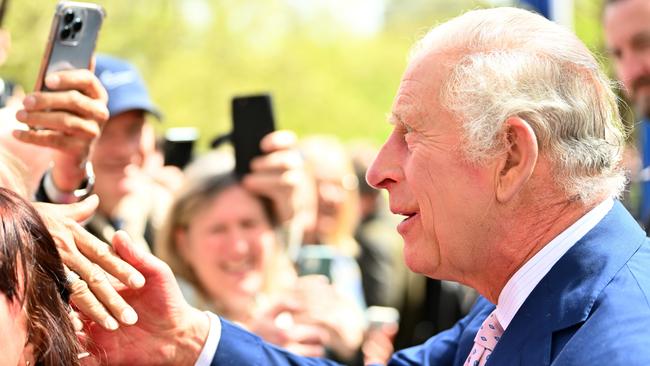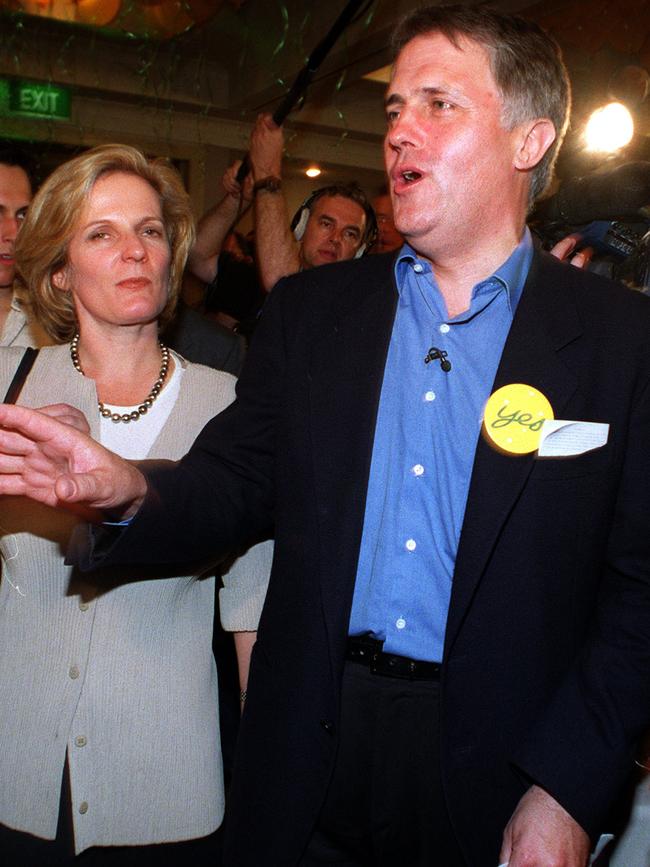
Long after the flag waving and gladhanding, the bonhomie of a backyard barbecue, fleet review and garden tours, and perhaps cuddling a cute animal, we will be stuck with a man as our head of state who believes he was appointed by God, can be succeeded only by a family member observing one religion, and is not Australian.
It beggars belief that well into the 21st century, Australia is still not a republic with a head of state who is one of us. Charles’ kingly powers are nationalised in his Governor-General, appointed by him on the advice of the Prime Minister, but the formal link of being part of a dying empire remains Australia’s fate.
Conservatives argue the monarchy provides stability and certainty, and monarchical powers are vested in the governor-general, and it offers only ceremonial linkage. It is true the Australia Act 1986 terminated the power of the UK parliament to legislate regarding Australia and abolished any remaining legal appeals to a British court. But we remain a constitutional monarchy.
Charles’ coronation should have turbocharged republicanism. The pomp and pageantry were ridiculous. In Westminster Abbey, Charles was anointed with holy oil in the symbol of the cross on his head, breast and hands, as if touched by God to lead us. There was a parade of swords, maces and jewels; he sat on the Stone of Destiny; and Prince William performed the Homage of the Royal Blood.
Republicans have been perpetually disappointed by Labor governments. Paul Keating is the only prime minister to argue for a republic and present a model for a republic to parliament, in 1995. Kevin Rudd and Julia Gillard did nothing to elevate the idea despite it being a 2007 election commitment and long part of Labor’s platform.
It was a profound mistake for Anthony Albanese to prioritise the voice to parliament over a republic. Matt Thistlethwaite, formerly assistant minister for the republic, told me that if the voice referendum succeeded a republic would be next. The defeat of the voice killed the prospect of a republic referendum in the foreseeable future.
In July, Thistlethwaite’s ministry was abolished. He had long been a committed republican, campaigning vigorously for it inside and outside Labor. Nothing could state more that Labor has no intention of putting a republic on the agenda than terminating the portfolio responsible for it. It is a gift to monarchists.

Perhaps the opportunity to relaunch a republic campaign was during Malcolm Turnbull’s prime ministership. He was, perhaps, the greatest advocate outside parliament in the 1990s. He had the opportunity to put it on the agenda with Labor’s support. But it would have risked an internal revolt – and he had plenty of those.
The Australian Republic Movement has been utterly and comically inept and invisible in recent decades. It has not advanced the cause one iota. YouTube videos and social media posts and the sale of T-shirts, tea towels and beer coasters are ludicrously not enough to stir republicanism. ARM has not even settled on a model for a republic let alone won public or political support for constitutional change.
Buckingham Palace is mindful that Australians need to see the royals in Australia if we are to maintain support for this foreign family continuing to provide our head of state. In 1997, governor-general Sir William Deane wrote to Buckingham Place noting the queen’s long absence since 1992 might encourage the view that she “doesn’t seem to come to Australia anymore”.
This is Charles’ 17th visit to Australia. He visited as a young prince and was schooled at Timbertop. His first visit as monarch could have been more meaningful. The Department of the Prime Minister and Cabinet refused to tell this column if the King will attend a meeting of the Executive Council or give royal assent to legislation. Nor will it confirm if Charles and Camilla are residing at Admiralty House in Sydney and Government House in Canberra, the twin vice-regal residences.
In 2017, I revealed the brief provided to the prime minister about the ceremonial and legal steps involved in the so-called “demise of the Crown” when Queen Elizabeth II died. That brief noted that the proclamation of the King’s Australian title would have no legal force until the Royal Style and Titles Act 1973 was amended or a new one legislated.

This is a matter of debate among scholars. The Acts Interpretation Act 1901 suggests references to the sovereign in Acts are automatically updated. Nevertheless, Albanese signed and agreed with a minute from his department in 2023 that noted: “A new Royal Style and Titles Act would set out the official style and title adopted for His Majesty King Charles III.” But the department now says it is not needed, contradicting previous advice.
It is a pity because Charles could have assented to legislation on this visit setting out his title: “King Charles the Third, by the Grace of God King of Australia and his other Realms and Territories, Head of the Commonwealth.” This would have given him something important to do. After Gough Whitlam amended the queen’s style and title in 1973, making her “queen of Australia” with her agreement, she gave it royal assent on her visit to Australia that year.
Next month marks the 25th anniversary of the referendum on Australia becoming a republic. That cause – which this paper strongly supported – offered the right course for Australia then and now. Although it was lost, republicans believed the time would come when we would be a truly independent nation. That was a false hope. And we should lament it every day.




King Charles III begins his five-day visit to Australia this week, his first as King of this most cherished of realms, and making him only the second British monarch to visit these shores. But it is a visit without purpose or substance, serving as nothing more than public relations, and a reminder of Australia being shackled to a profoundly undemocratic institution.